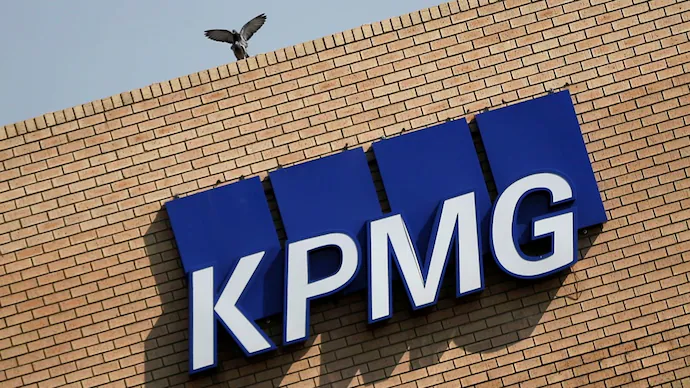Goldman Sachs is preparing to cut approximately 3–4% of its global workforce — around 1,900 jobs — in May as part of its annual performance review and cost-efficiency strategy, according to a report by eFinancialCareers. The redundancies are expected to result in severance charges of $150 million (£120 million approx.) in the second quarter, translating to an average payout of nearly $80,000 (£64,000) per employee.
Chief Financial Officer Dennis Coleman confirmed the move during an investor call, stating that the firm is refining its organisational structure, or “pyramid,” to improve operational efficiency. Sources suggest that Vice Presidents (VPs) are likely to be the first impacted, with some Managing Directors (MDs) and other VPs being asked to relocate to lower-cost hubs such as Salt Lake City, rather than face termination.
The move is part of Goldman Sachs’ ongoing efforts to reach its target 60% efficiency ratio. In the first quarter of 2025, the bank posted an efficiency ratio of 60.6%, indicating the need for further cost streamlining. A lower efficiency ratio typically signals better cost control and is closely monitored by investors.
These layoffs come on the heels of similar actions across the financial sector. Earlier this year, Morgan Stanley axed 2,000 roles and incurred $144 million (£115 million) in severance costs — an average of $72,000 (£58,000) per employee. Goldman’s higher projected severance figure suggests the cuts may involve more senior positions or employees in higher-paid markets.
Goldman Sachs CEO David Solomon also addressed the outlook during the investor call, saying there is no indication of a “fundamental shift” in the business since the introduction of tariffs, noting that any potential effects would likely be minimal. He reiterated that Goldman remains a “big, diverse, strong-earning business” — a description he quipped could also make a catchy tagline if he ever returns to his former side gig as a DJ.
This latest round of job cuts reflects the broader trend among global financial institutions to recalibrate their workforce in response to economic headwinds and evolving business needs. While the redundancies will undoubtedly create uncertainty for affected employees, they are part of a wider effort by Goldman Sachs to stay agile, competitive, and profitable in a challenging market environment.
The industry will be watching closely in the coming months to see whether other banks follow suit with similar severance strategies, location-based restructuring, or alternative approaches to workforce optimisation.






















